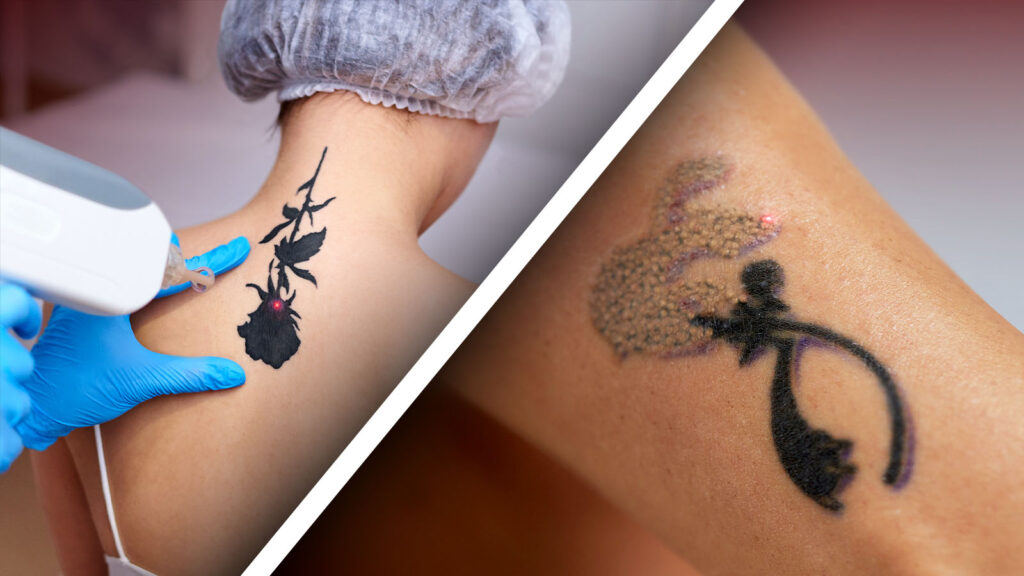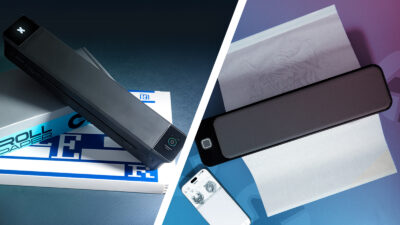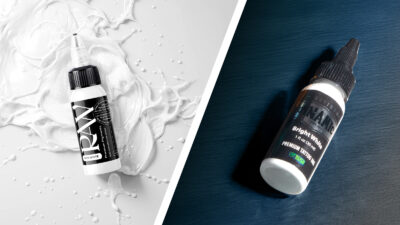Tattoos have become easier to get, less stigmatised, and higher quality than ever before - so perhaps it’s no wonder that so many people are getting tattooed, and that a number of those end up with regrets.
Even when you think before you ink, there’s a chance that your favourite tattoo won’t age so well, either in quality or taste.
So here’s the deal with laser tattoo removal: how it works and how much it costs, as well as first-hand advice and opinions from Mt Moon’s own laser technician, Andy Davis!
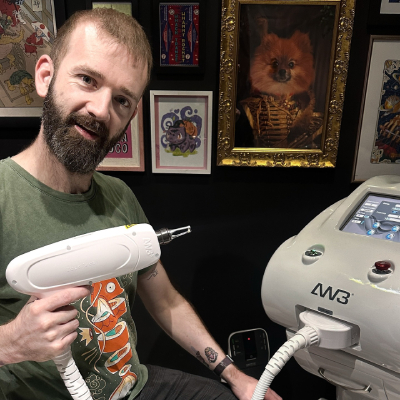
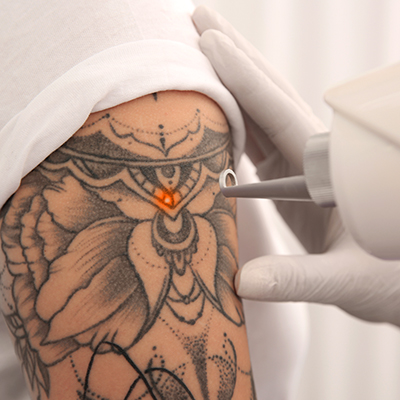
How does laser tattoo removal work?
Got your lab coats on? We’re having a quick science lesson.
What we see as a tattoo is actually a collection of small particles of tattoo ink or pigment residing in the dermis or hypodermis (although ideally in the dermis). Dermal macrophages are a part of our immune system that store, but can’t break down, these pigments - however, when we break up the pigment further, it becomes easier for the macrophages to do their job.
Modern laser tattoo removal uses Q-switched (pulse) lasers to penetrate the dermal layers and break down the pigment particles without damaging the cellular tissue around them. They need to emit a level of energy equal to the absorption spectrum of the pigment - so lighter tattoo inks will usually need a stronger laser to break apart.
In Mt Moon, Andy uses the Allwhite 3000 Flash Injk Q-Switched ND:YAG laser. “The name often appears as AW3® Flash Ink, where "AW3" stands for Allwhite 3000. There are loads of different types of laser removal machines out there so it’s important to do you research and find the one that best suits your needs.”
Can you tattoo over laser removal?
Yes! In fact this is one of the biggest reasons why people get laser removal; to make way for a newer, better piece of art!
The benefit of this, of course, is that you don’t have to eradicate the tattoo completely - just lighten it enough to make a coverup possible. Some artists might choose to tattoo with a skin tone over a nearly removed tattoo, essentially giving themselves a blank canvas.
“I think most people get laser tattoo removal to get a cover up tattoo. Full removal takes a lot of patience as it can take a while! A lot of tattoo artists are advising customers to get laser treatment ahead of a cover up. It just gives you a lot more options for the tattoo design you can get. Especially if what you are wanting covered up is quite dark; fading the tattoo means you can get whatever you want in its place. I’d say about 70% of people I see are looking to get a new tattoo in the area they are getting lasered.” - Andy
Does laser tattoo removal hurt?
Unequivocally: yes.
Obviously how much it hurts depends on you or your customer’s pain tolerance, their skin type, the density and colour of the ink particles, the location on the body, and the method of tattooing.
The laser itself raises the temperature on the surface of the pigments up to thousands of degrees for mere nanoseconds - which is why it’s usually described as a burning sensation - then rapidly cools down so that the pigment fractures without damaging the surrounding skin.
Some more modern lasers have pulses rated in picoseconds. A nanosecond is a millionth of a second, while a picosecond is a trillionth of a second - that’s 10 times faster. These treatments can be less painful, and might give better results in fewer treatments.
“A lot of people say that getting lasered feels like getting flicked with an elastic band. My wife had some laser treatment and she agreed with that but added “yes, but with knives!” It’s quite a sharp feeling, and treatments on bigger areas can get quite warm. The best thing about it is that it’s over pretty quickly! Much more quickly than a tattoo.” - Andy
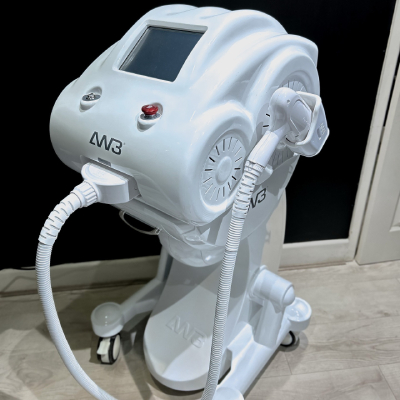
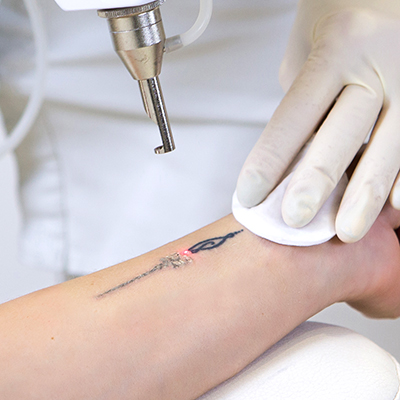
Is laser tattoo removal safe?
Yes! The modern method of removal has been around for some time and heavily tested, so we can be quite confident that the procedure - when done correctly by a trained professional - is safe.
Side effects might include discolouration or texture changes in the skin, but these are usually temporary. Changes in skin pigmentation might take 6-12 months to resolve, but there is a chance they never will.
But what most people want to know when they ask this is, can laser tattoo removal cause cancer? And in short, the answer is no, the laser isn’t strong enough to damage DNA or cause a mutation.
However, it will damage the skin enough to increase the risk of sun damage, which can cause cancer - that’s why it’s so important to take your aftercare seriously!
“There are a few things that people need to be careful about with laser tattoo removal. For example, pregnant or breastfeeding individuals are usually advised to wait as skin can be a lot more sensitive, and those with skin conditions like eczema or psoriasis near the tattoo might experience irritation. Certain medications, especially ones that make the skin sensitive, can increase the risk of side effects, and people prone to keloid scarring need to be careful. I always review medical history and skin type during consultations to make sure the treatment is as safe and effective as possible for each client.” - Andy
What should I use for laser tattoo removal aftercare?
Luckily, tattoo removal aftercare is pretty much the same as that for getting tattoos in the first place!
Regularly clean the area with soapy water and pat dry, using a moisturising aftercare that is suitable for use on damaged skin, and don’t pick at any scabs or flakes. Try to avoid strong sunlight on the area, or bodies of water where the scabs might get damp and fall off too soon.
And stay hydrated!
“The best aftercare recommendation I can give is just to keep the area cool and clean. Laser targets the middle layer of your skin (dermis) and the body can sometimes think it needs to treat a burn. So you have to do what you can to make sure you don’t actually burn! During and after the session I use an ice pack to keep the area cool and I’ll apply some pure aloe vera gel before sending someone away (I also advise my customers to use aloe vera gel when they get home). For the first few days avoid hot baths and luxurious stuff like saunas and steam rooms are out of the question! Stay out of the sun for a few weeks too.” - Andy

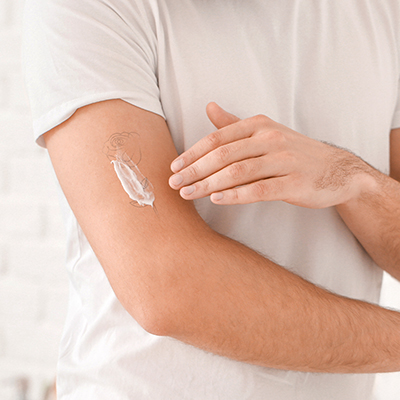
How long does laser tattoo removal take?
Again, that depends on a variety of factors, including everything above and also the client’s immune response.
It’s standard to wait 8 weeks at least between appointments, and studies have shown that going any faster only damages the skin more. The effects of the last treatment may be immediately visible, or may take 7-8 weeks.
“It’s important to wait a decent amount of time between sessions to allow your body to do the work of fading it.” - Andy
Does laser tattoo removal scar?
Not necessarily, but it can do.
Immediately after a session, the skin will probably be white, elevated, and maybe bleed a little. Over the next day or so a crust will form over the spot, which will take about two weeks to fall off. If you remove that crust before it’s ready, it could scar.
If your client has a history of hypertrophic or keloidal scarring, they may be at an increased risk. This is more likely in people with higher levels of melanin in their skin.
How much is laser tattoo removal?
It’s our favourite answer: it depends!
The speed of removal depends on a number of factors including the size, colour and age of the tattoo, but also on its location - tattooed extremities like ankles are some of the slowest to work.
It’s hard to predict the number of sessions needed at the beginning of the tattoo removal process, and it’s important to be more focused on the end result than to set aside a specific amount of money.
And of course, laser tattoo removal technicians will vary in their hourly rate depending on location, experience and schedule.
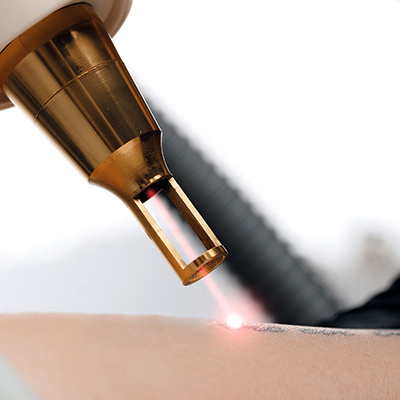
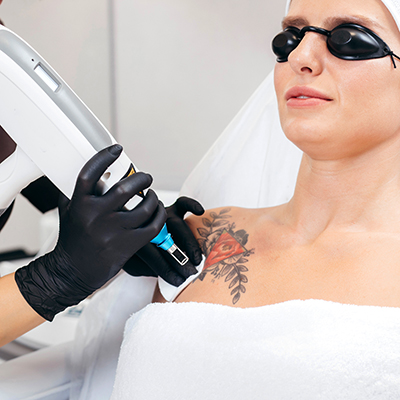
Remember to think before you ink - but if you forget, there’s always laser!
